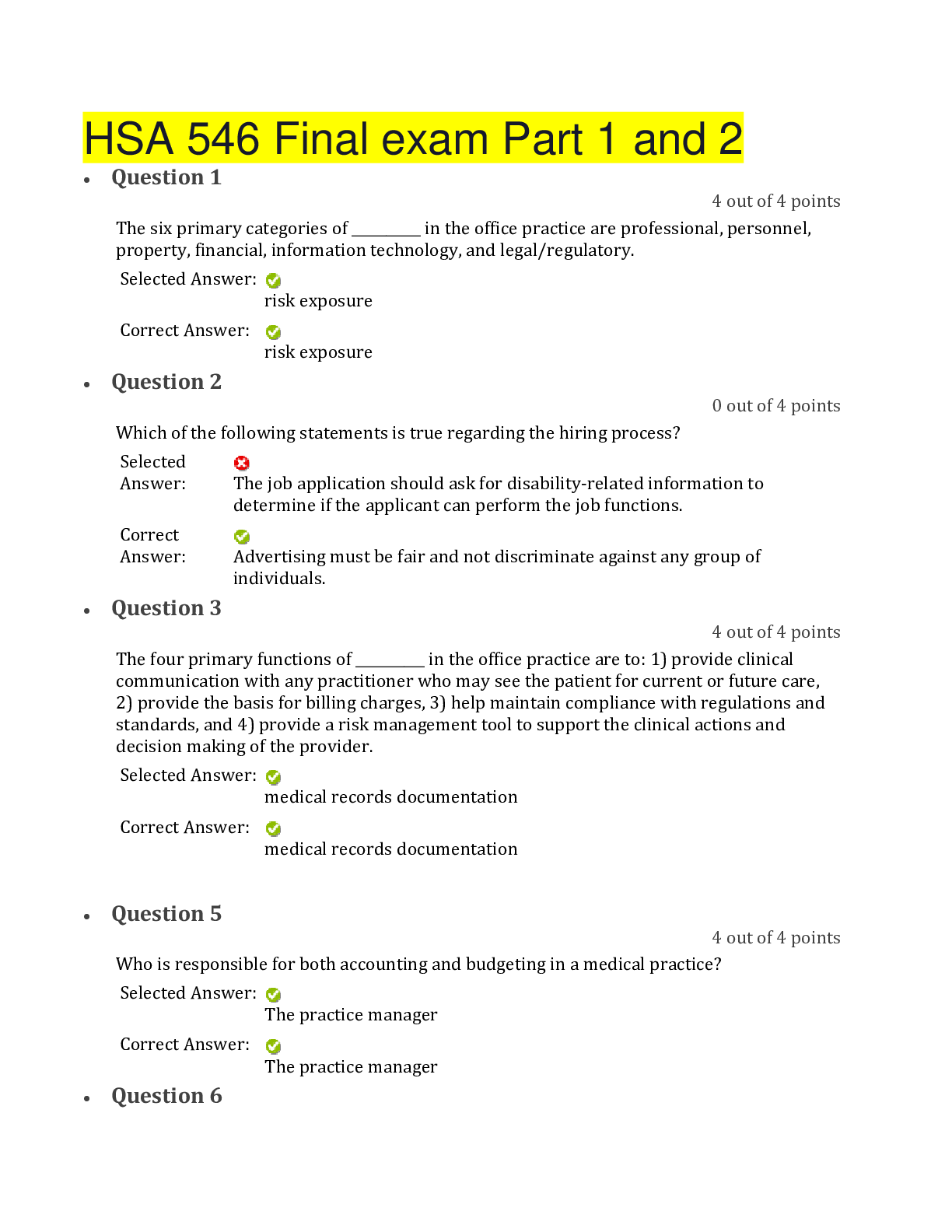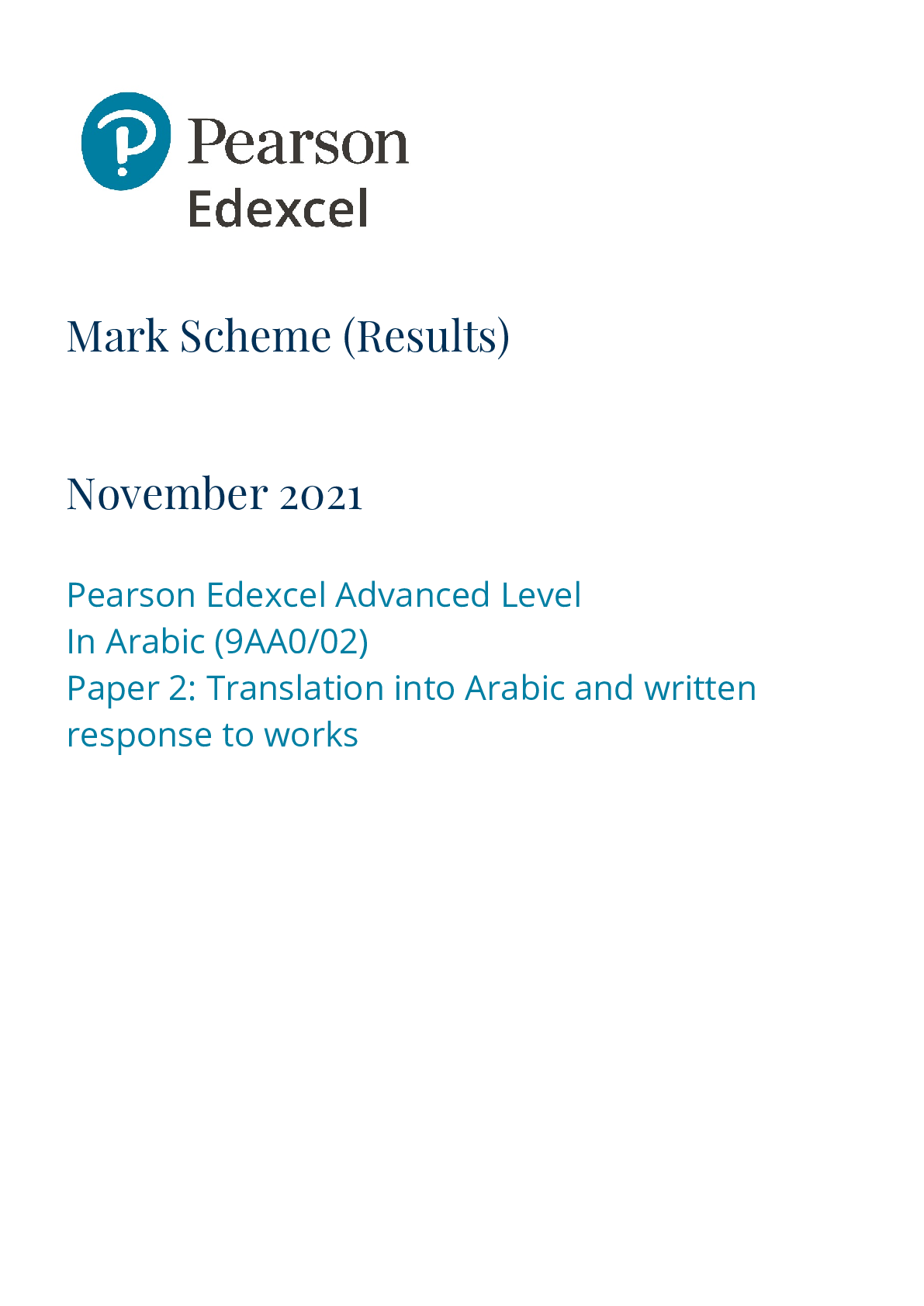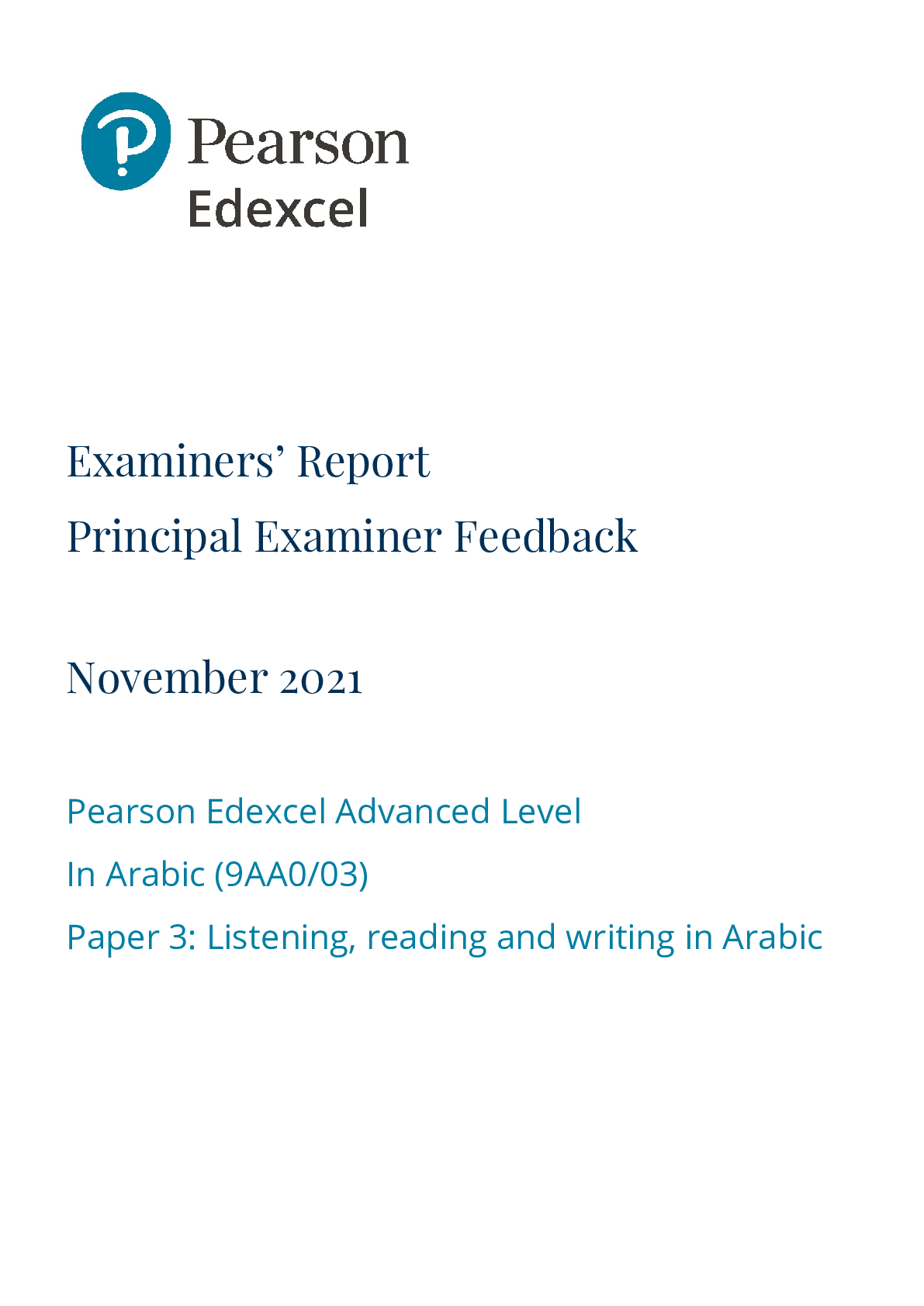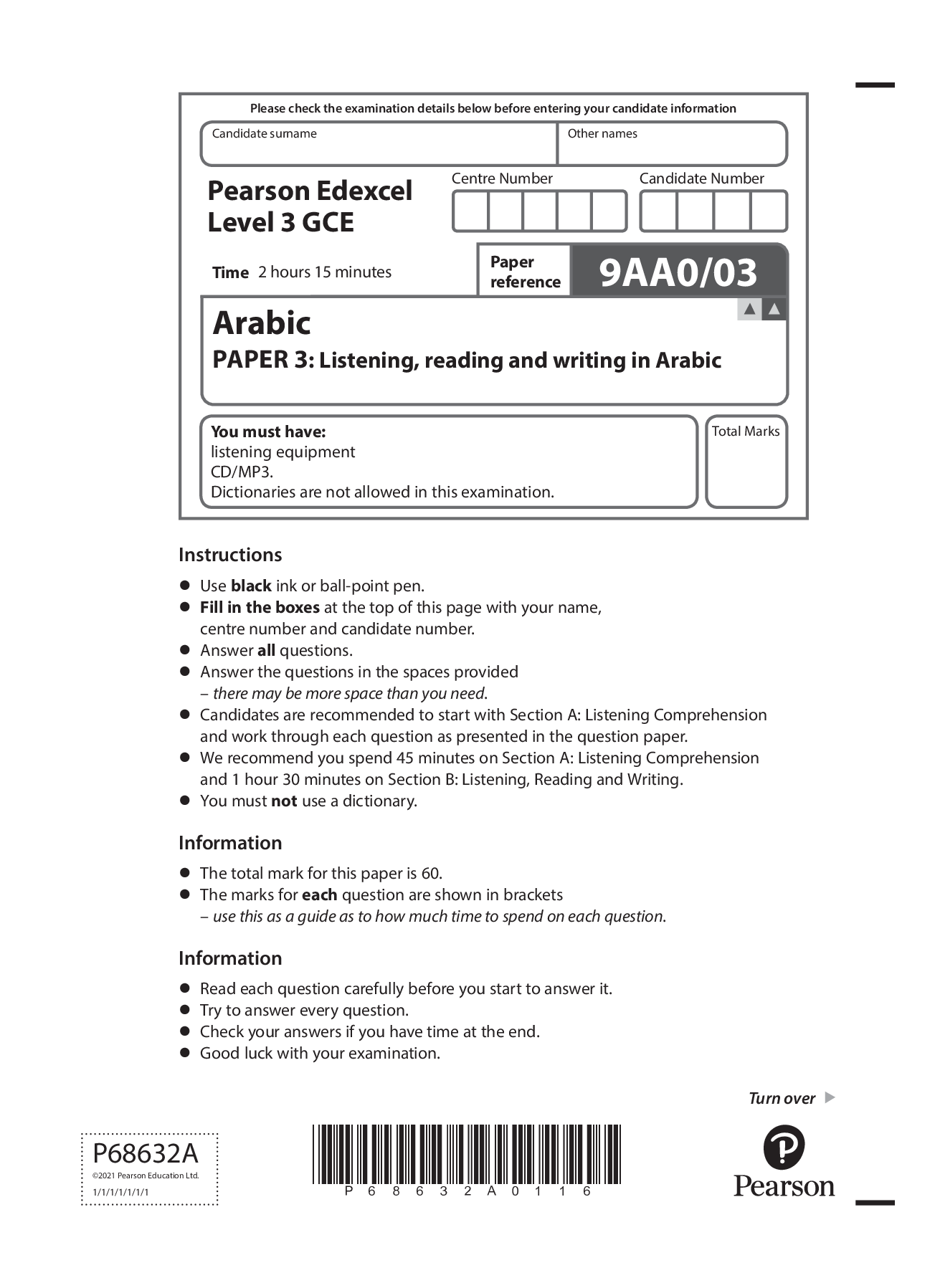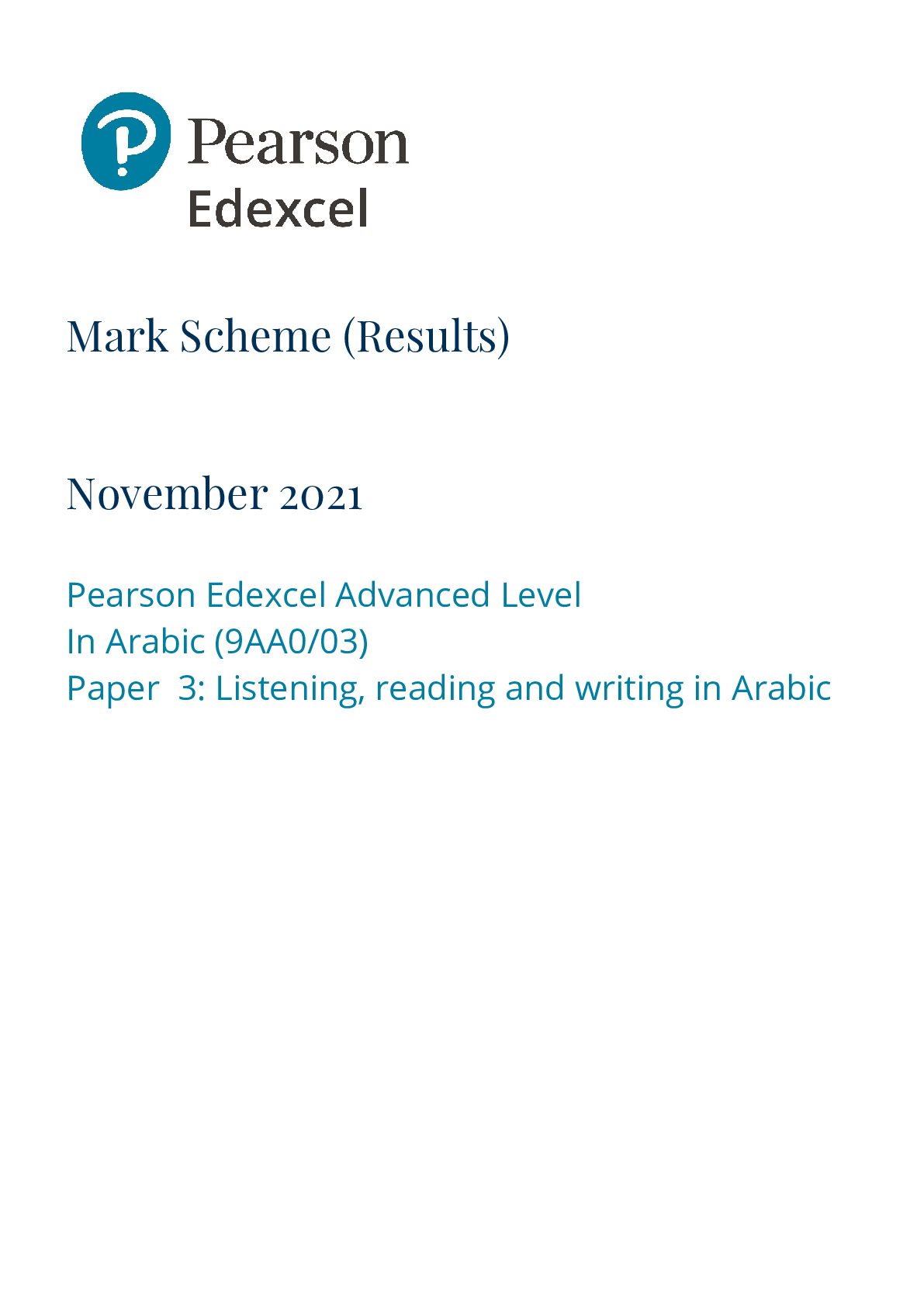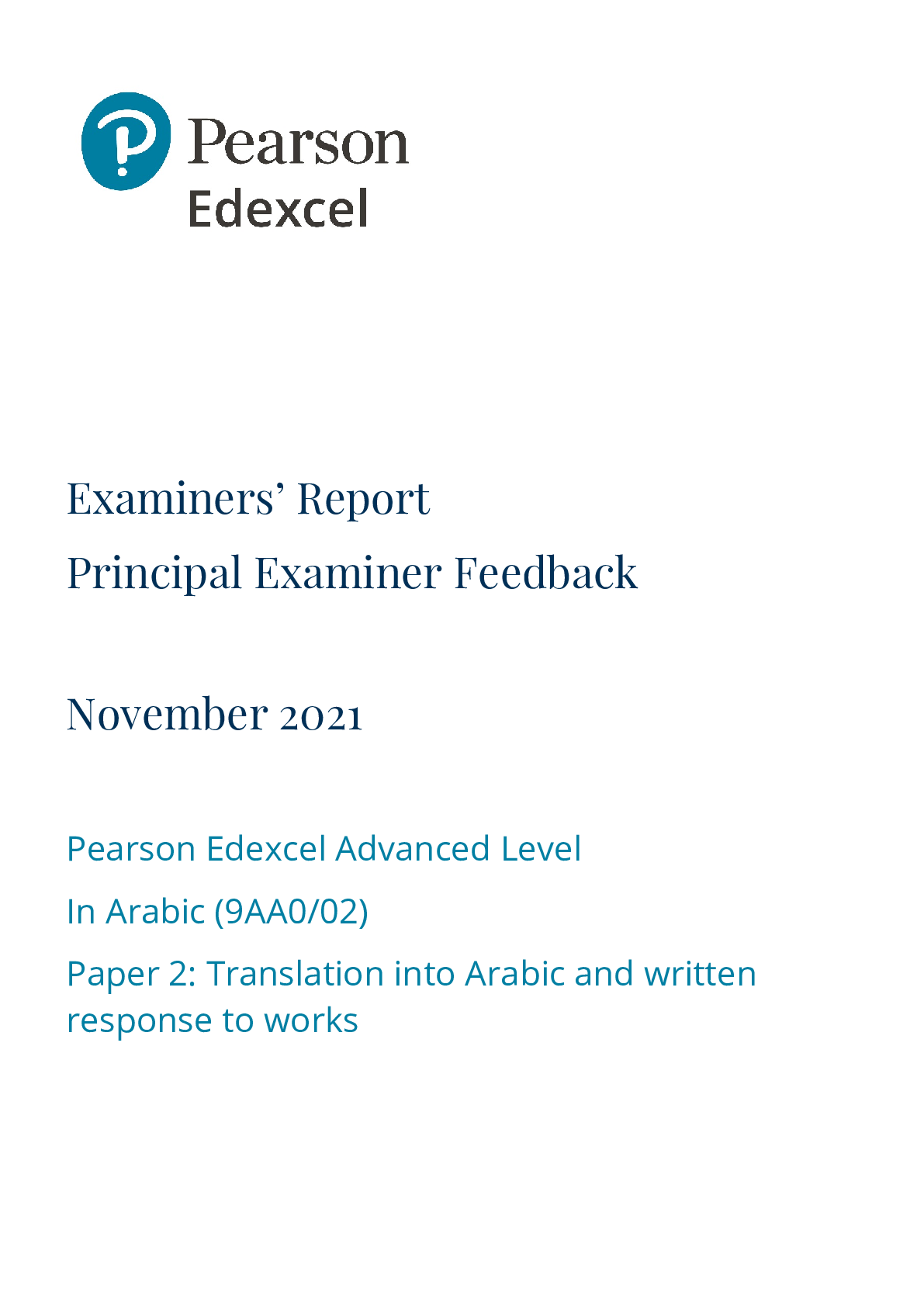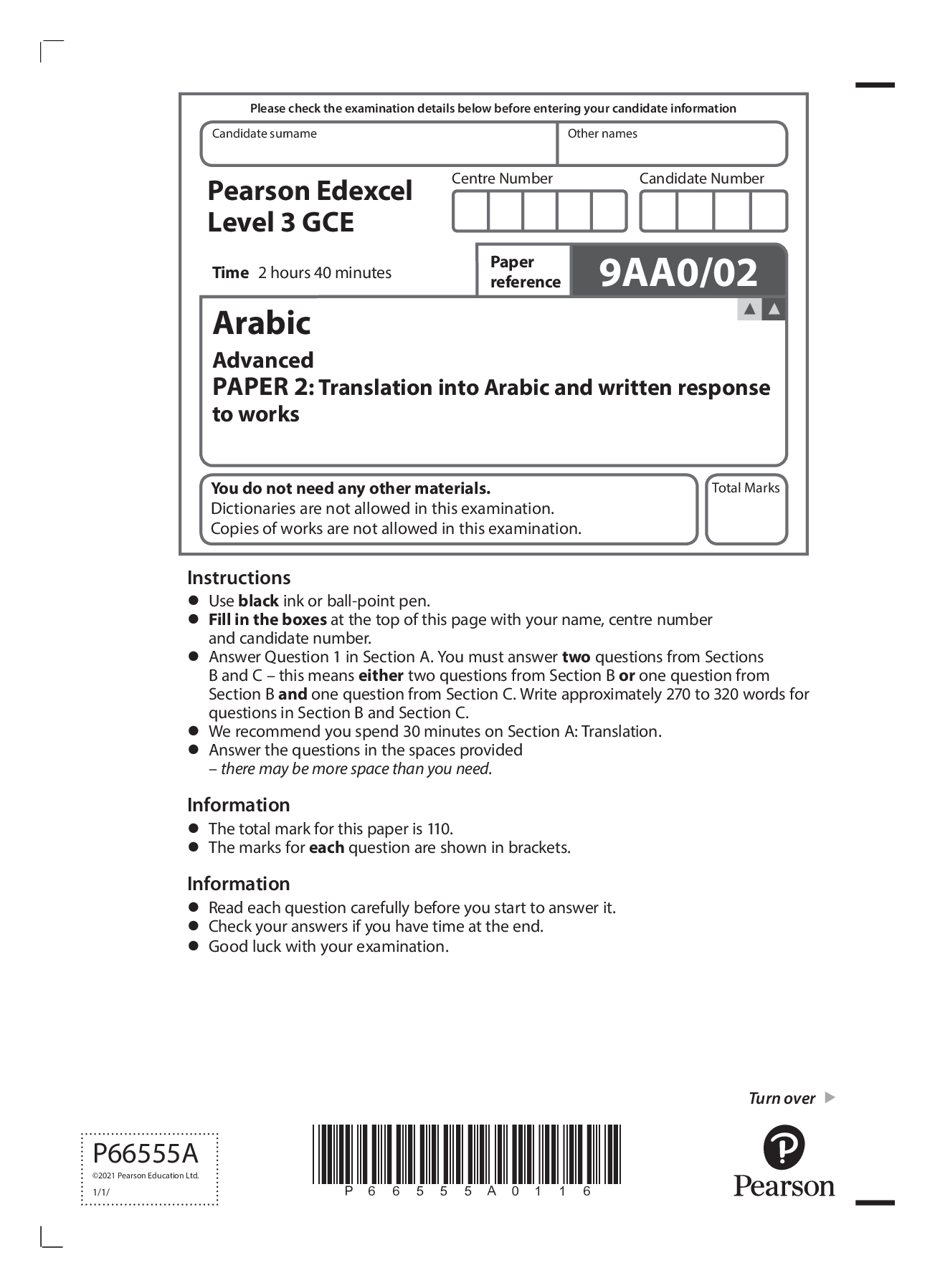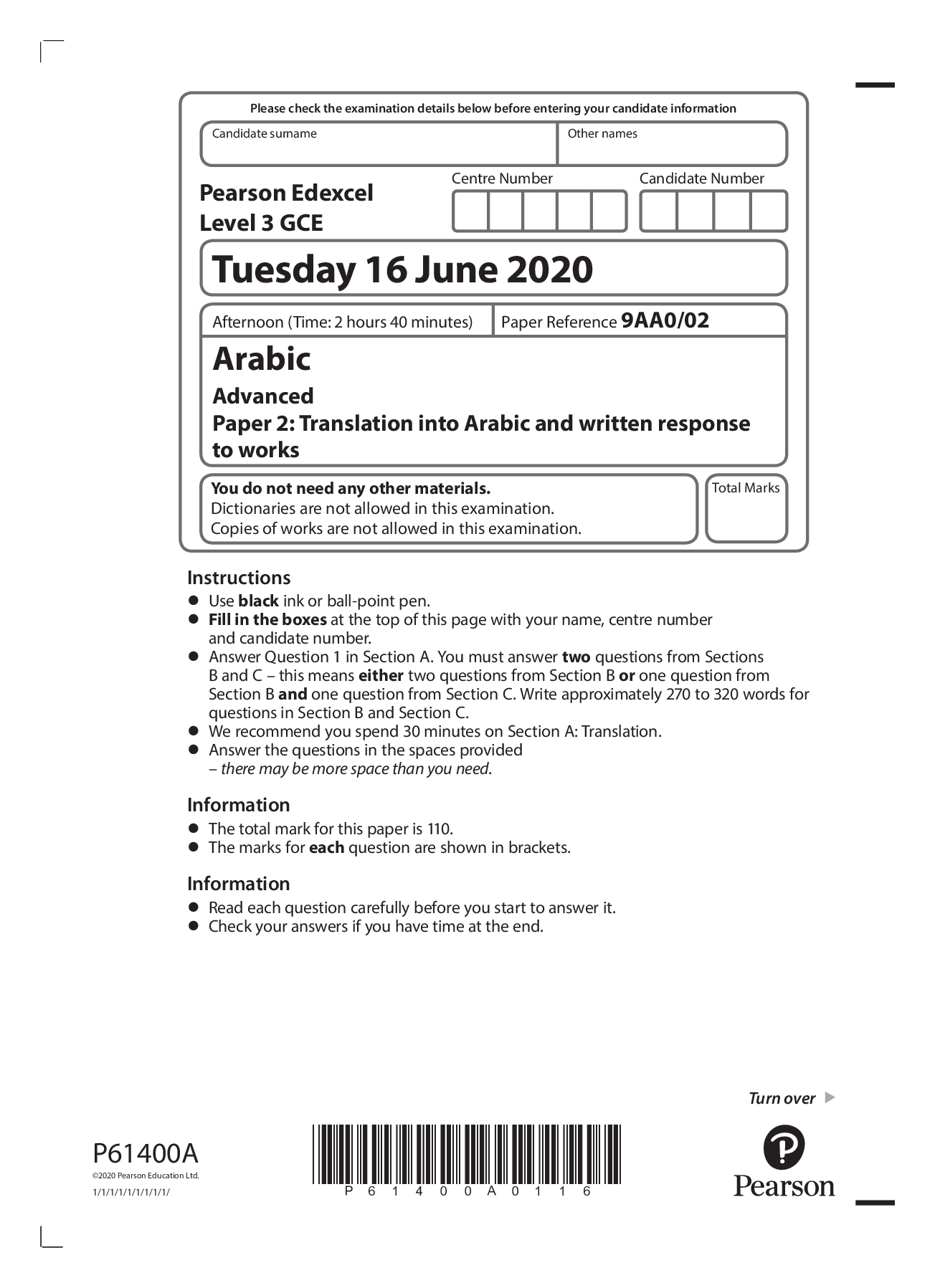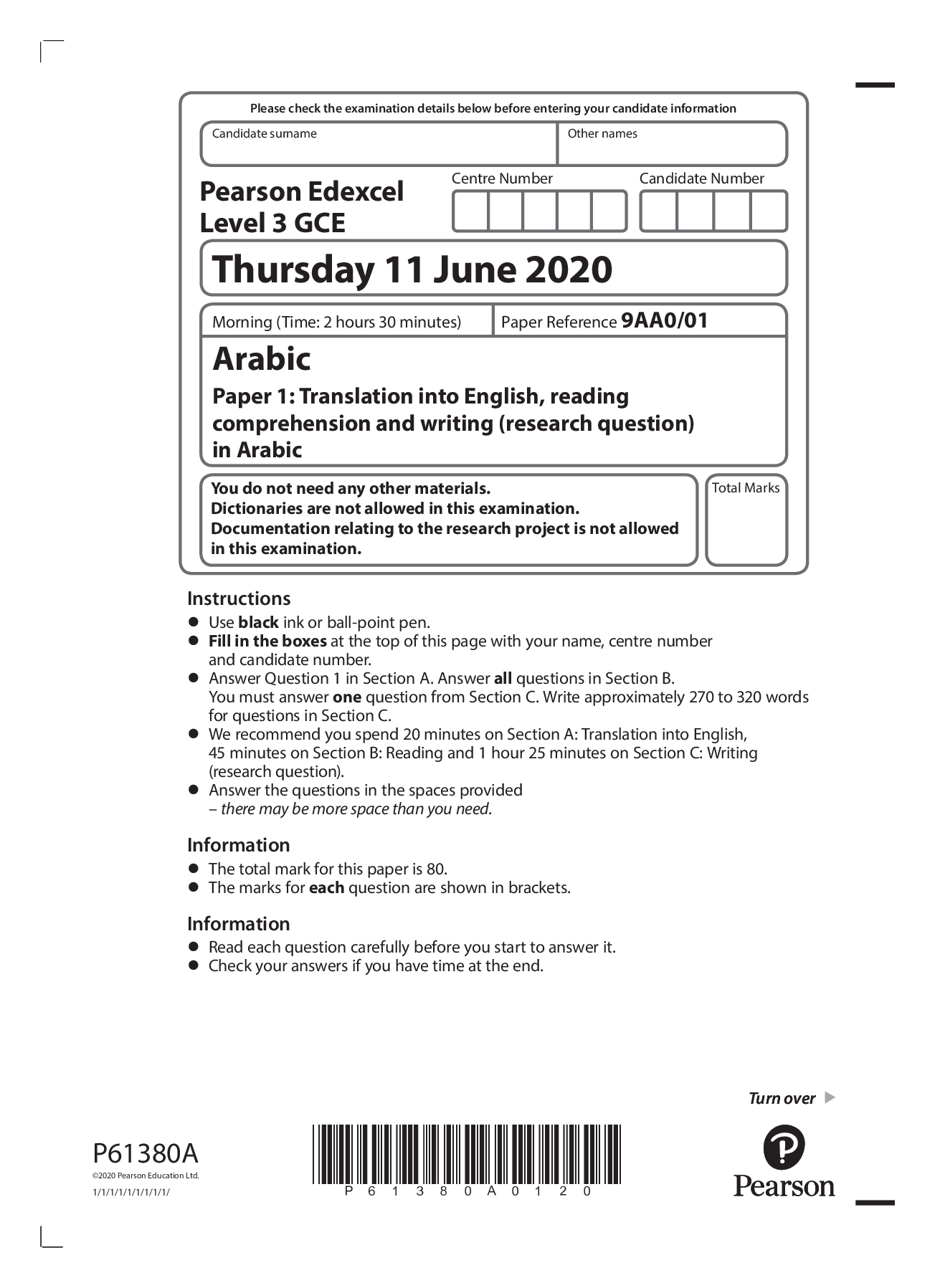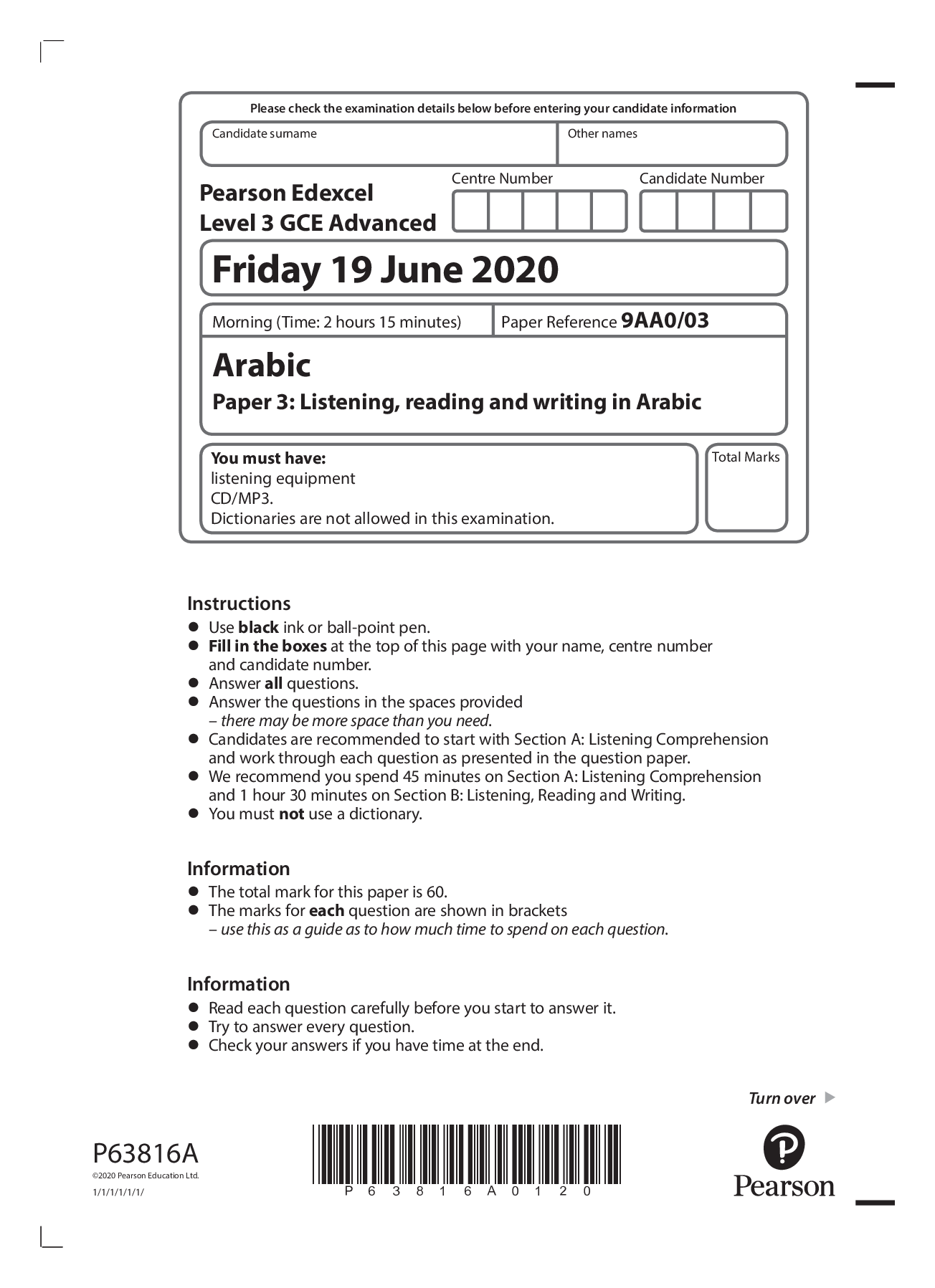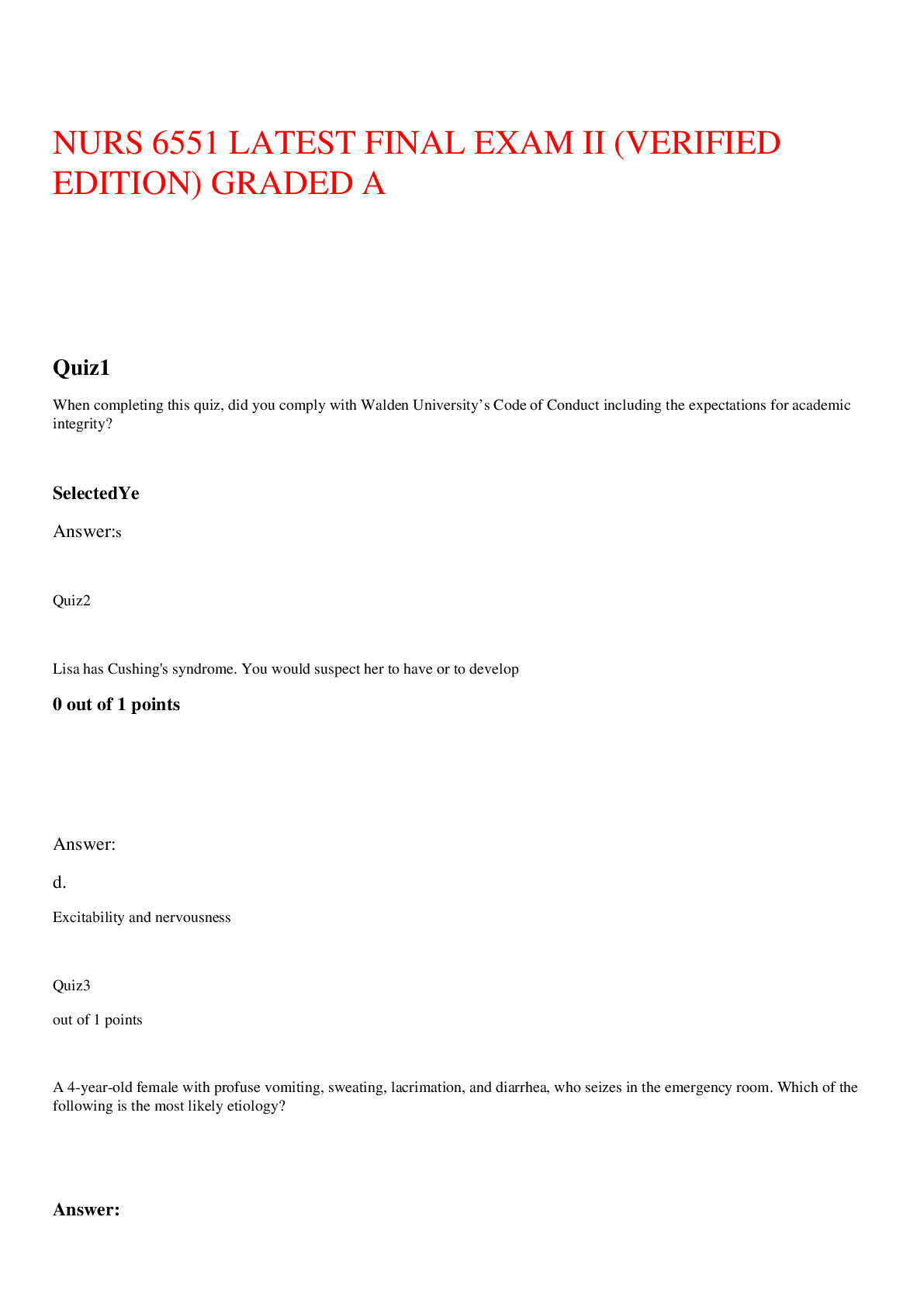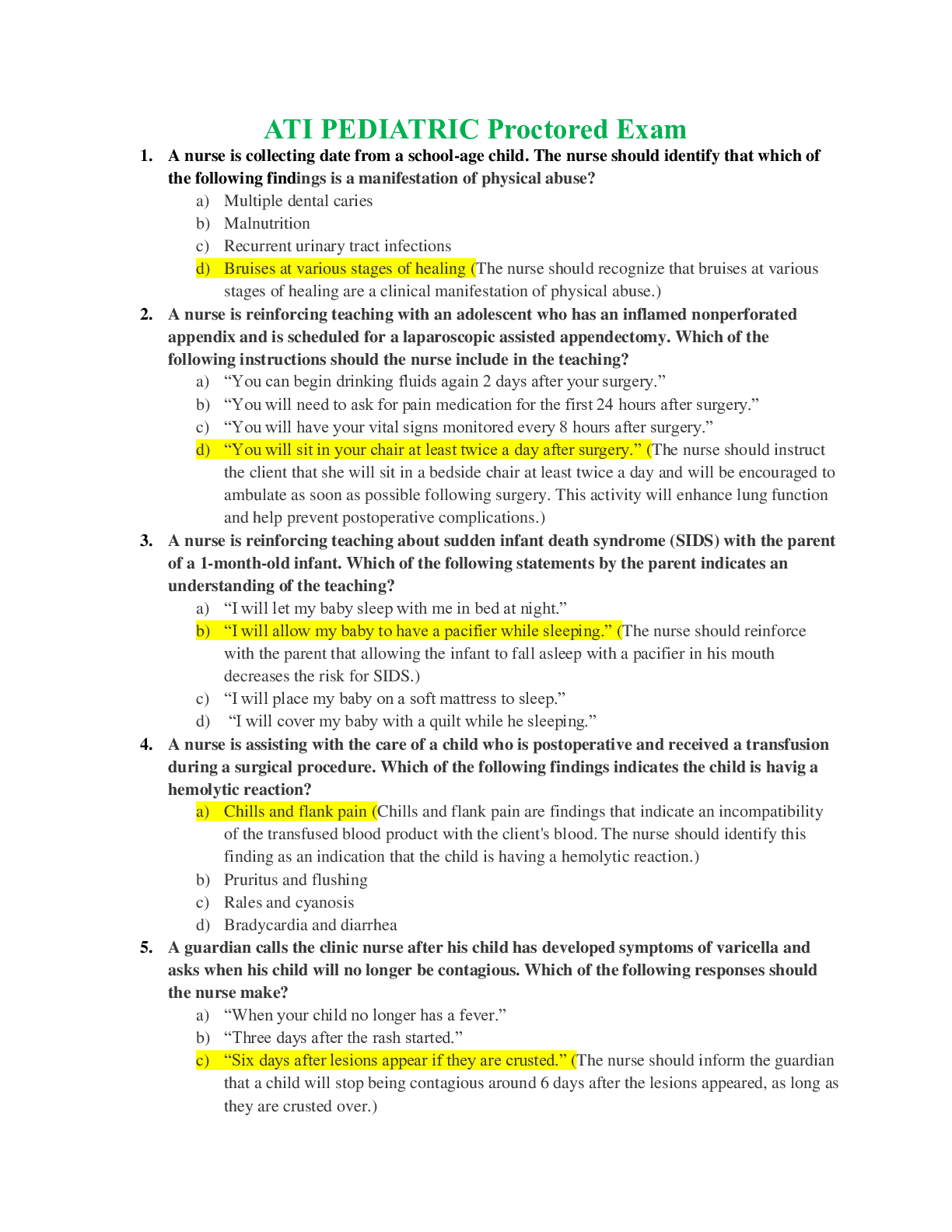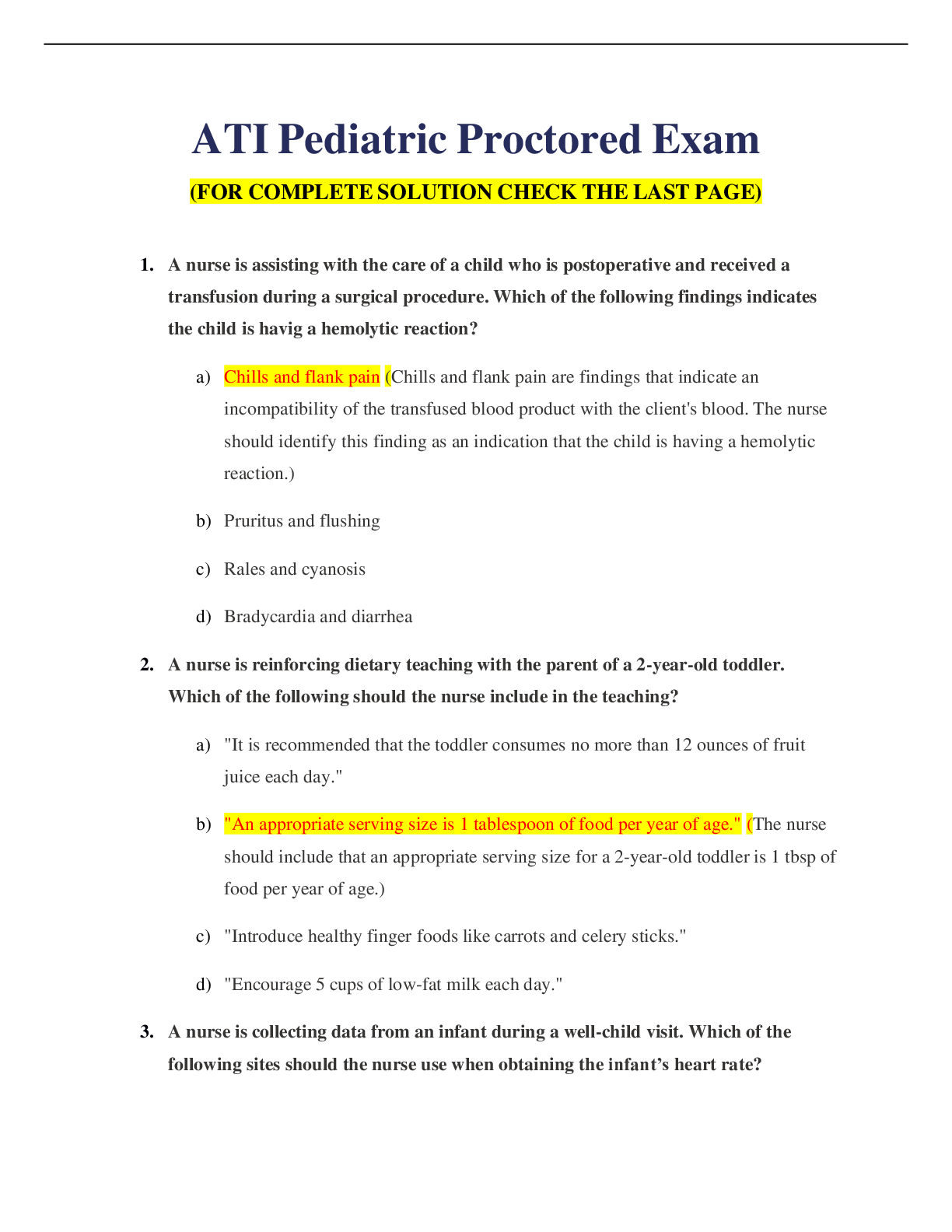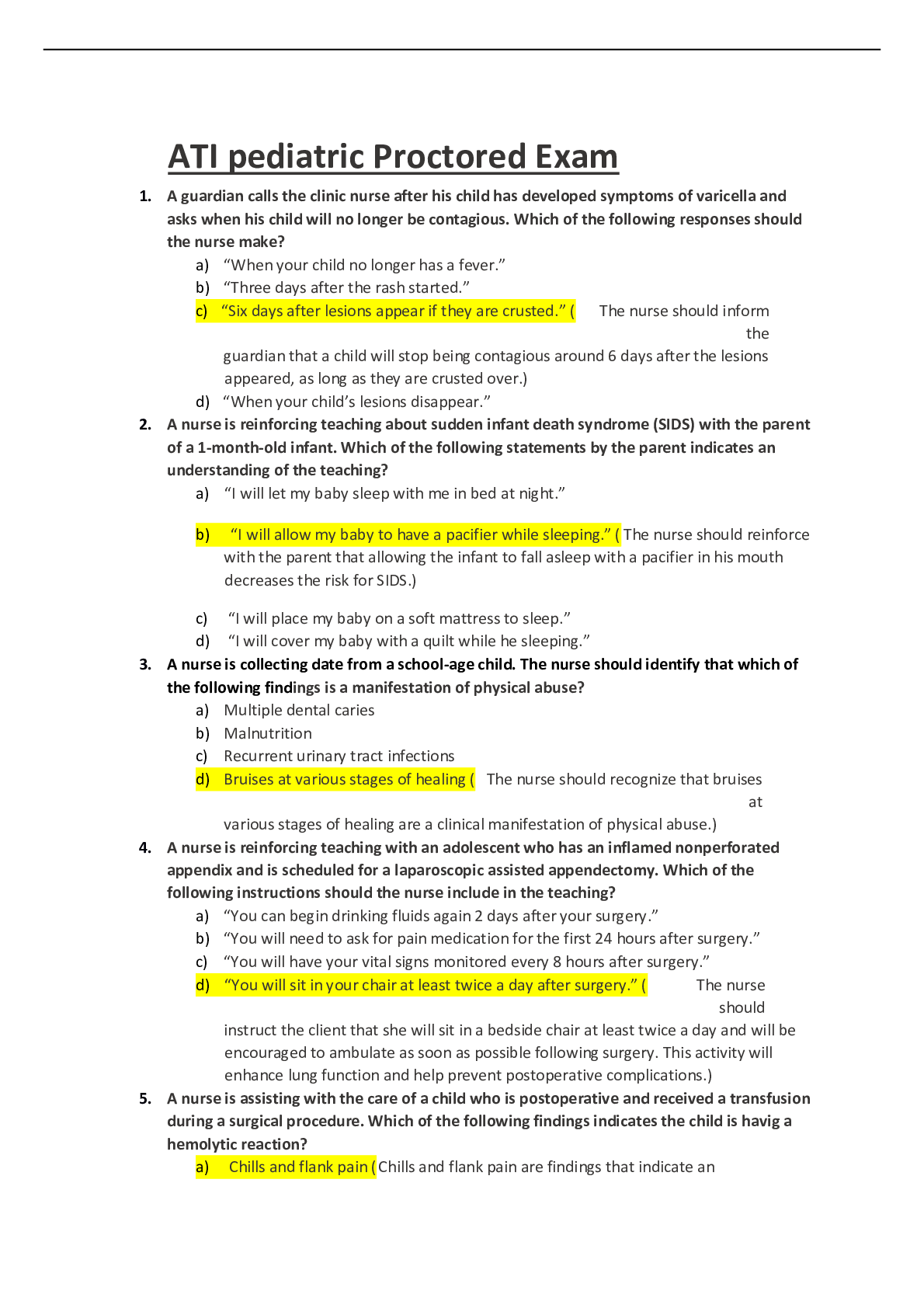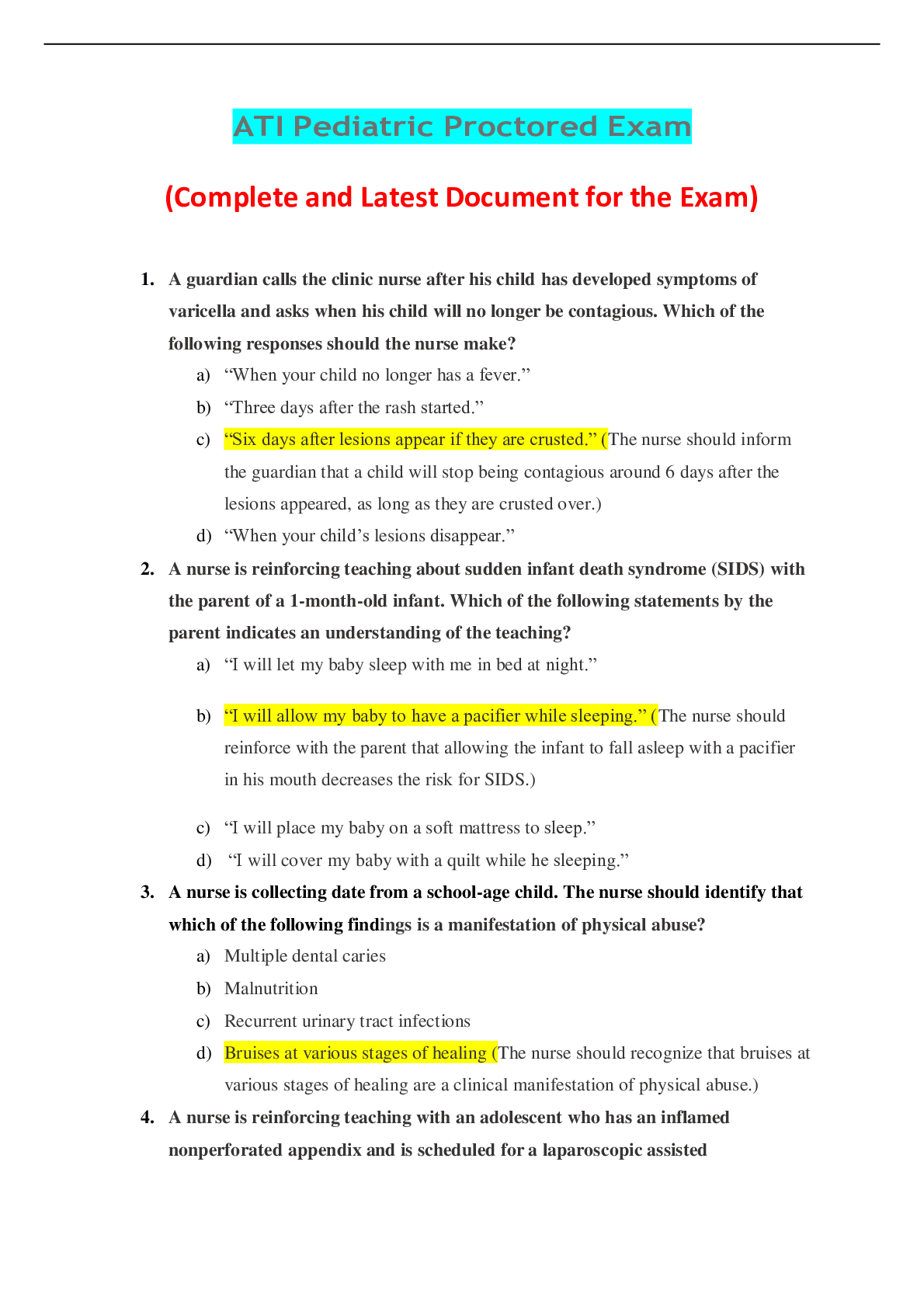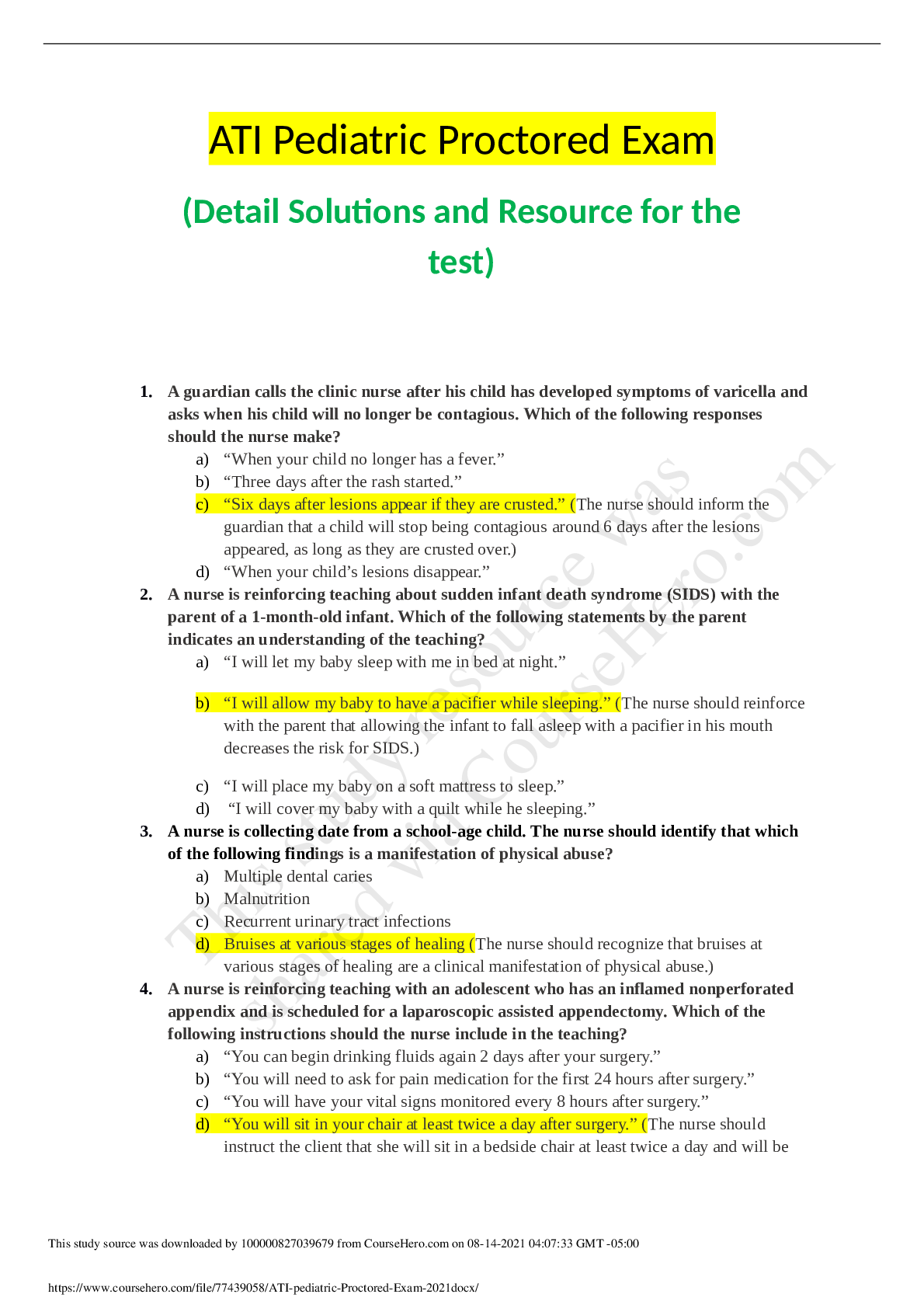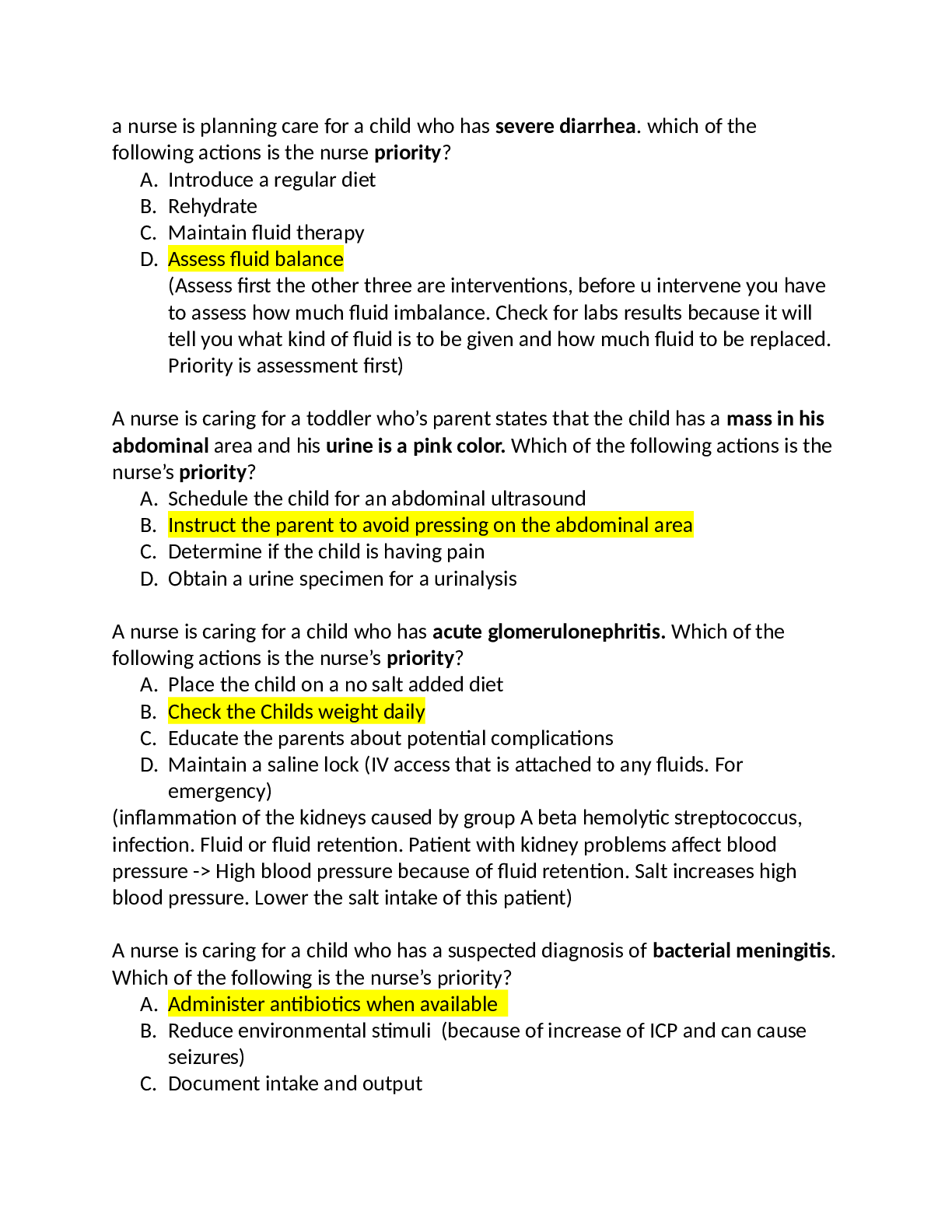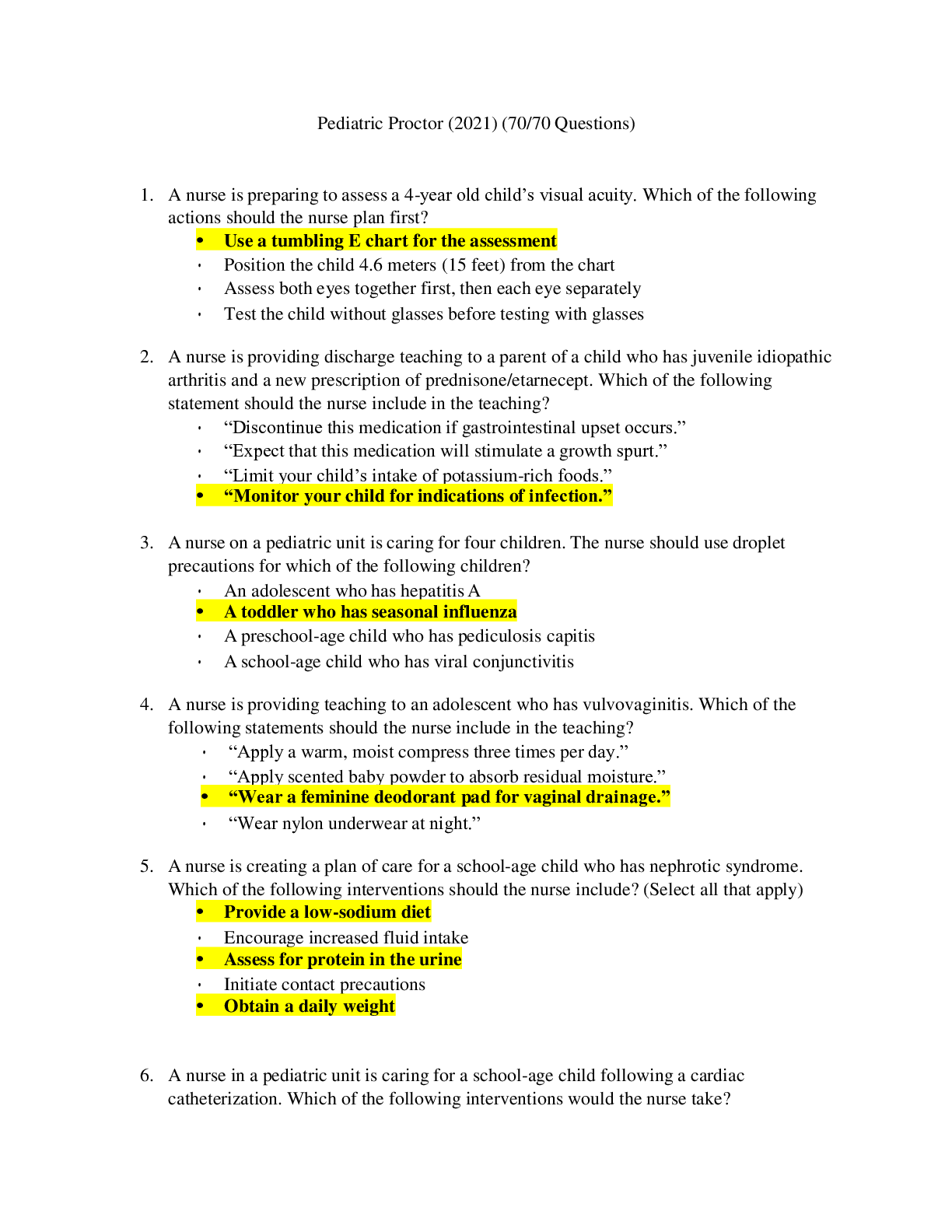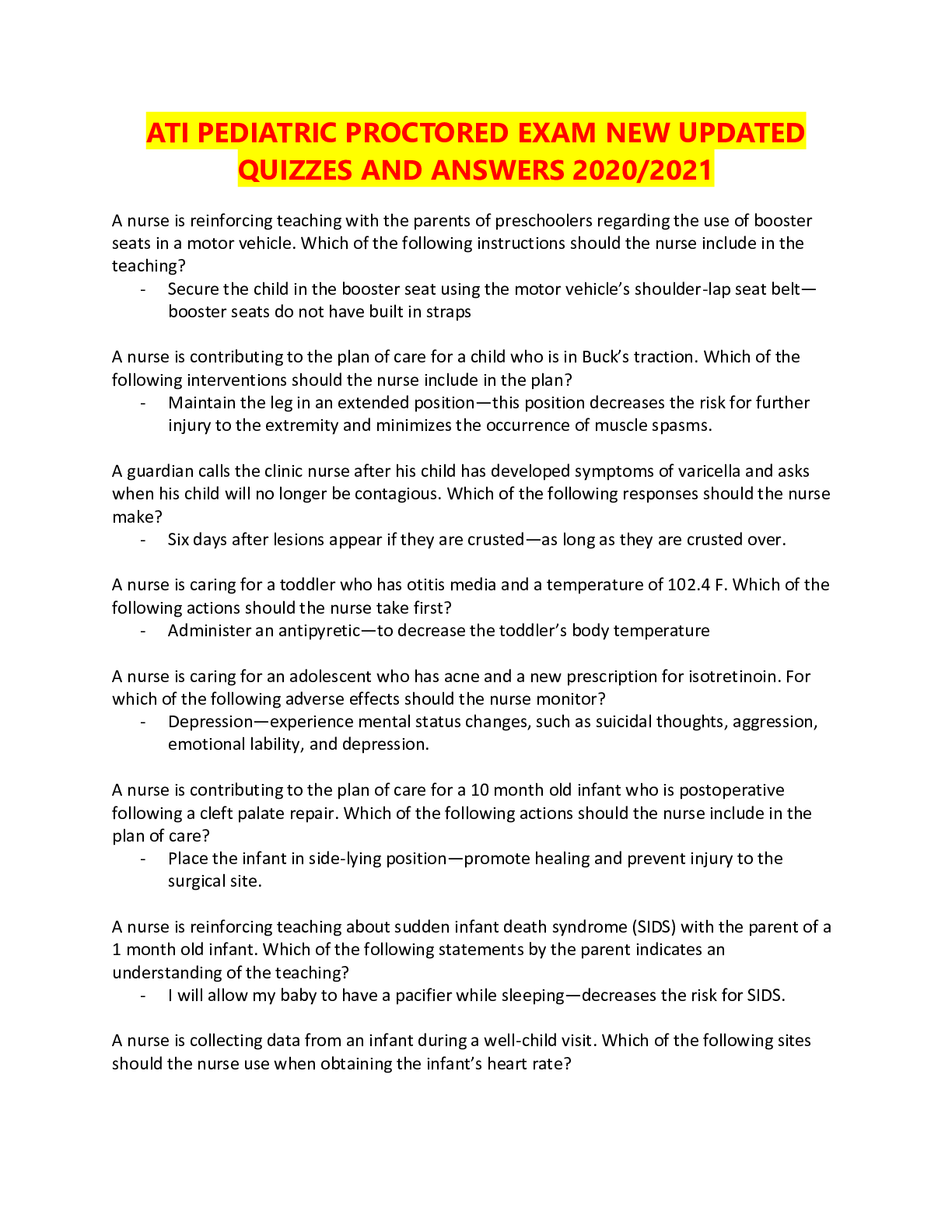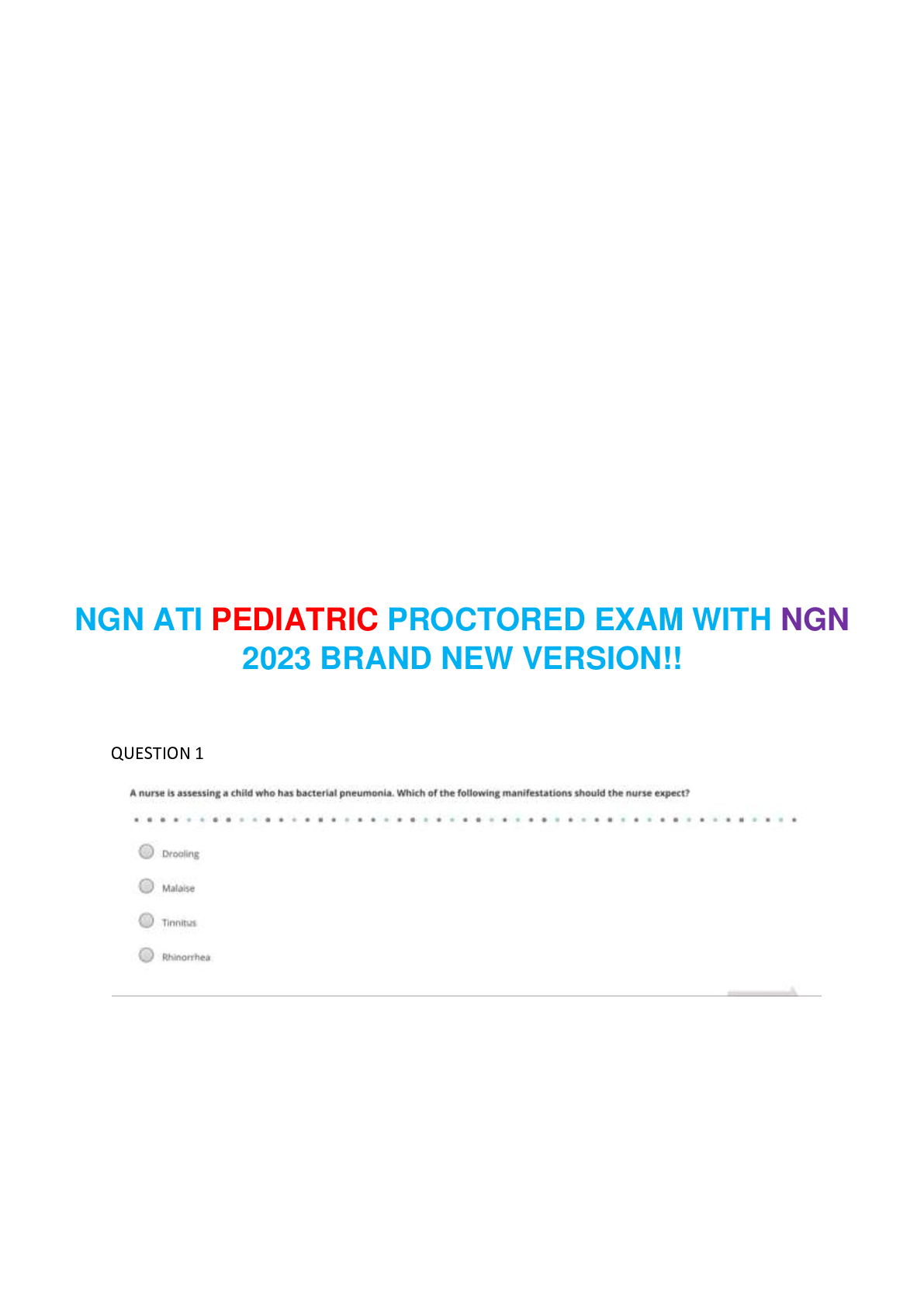Health Care > EXAM > ATI RN Pediatric Proctored Exam 7 Versions (Latest) (All)
ATI RN Pediatric Proctored Exam 7 Versions (Latest)
Document Content and Description Below
ATI Pediatric Proctored Exam Version-1 d. "Your child should be able to scribble spontaneously using a crayon at the age of 15 months." Rationale: The nurse should teach the parent... that at the age of 15 months, the toddler should be able to scribble spontaneously, and at the age of 18 months, the toddler should be able to make strokes imitatively. 3. A nurse is caring for a toddler and is preparing to administer 0.9% sodium chloride 100 mL IV to infuse over 4 hr. The drop factor of the manual IV tubing is 60 gtt/mL. The nurse should set the manual IV infusion to deliver how many gtt/min? (Round the answer to the nearest whole number. Use a leading zero if it applies. Do not use a trailing zero.) 25 gtt Rationale: 100ml/4 hr x 60gtt/1mlx 1 hr/60min= 6000/240= 25 gtt Ratio and Proportion STEP 1: What is the unit of measurement to calculate? gtt/min STEP 2: What is the volume needed? 100 mL STEP 3: What is the total infusion time? 4 hr STEP 4: Should the nurse convert the units of measurement? Yes (min does not equal hr) 1 hr/60 min = 4 hr/X min X = 240 min STEP 5: Set up an equation and solve for X. Volume (mL)/Time (min) = drop factor (gtt/mL) = X 100 mL/240 min x 60 gtt/mL = X gtt/min X = 25 STEP 6: Round if necessary. STEP 7: Reassess to determine whether the amount to administer makes sense. If the prescription reads 100 ml of 0.9% sodium chloride IV to infuse over 4 hr, it makes sense to administer 25 gtt/min. The nurse should set the manual IV infusion to deliver0.9% sodium chloride IV at 25 gtt/min. Dimensional Analysis STEP 1: What is the unit of measurement to calculate? gtt/min STEP 2: What is the volume needed? 100 mL STEP 3: What is the total infusion time? 4 hr STEP 4: Should the nurse convert the units of measurement? Yes (min does not equal hr) STEP 5: Set up an equation and solve for X. X = Quantity / 1 mL x Conversion (hr) / Conversion (min) x Volume (mL) / Time (hr) X gtt/min = 60 gtt/1 mL x 1 hr/ 60 min x 100 mL/4 hr X = 25 STEP 6: Round if necessary. STEP 7: Reassess to determine whether the amount to administer makes sense. If the prescription reads 100 ml of 0.9% sodium chloride IV to infuse over 4 hr, it makes sense to administer 25 gtt/min. The nurse should set the manual IV infusion to deliver 0.9% sodium chloride IV at 25 gtt/min. 4. A nurse in a pediatric clinic is assessing a toddler at a well-child visit. Which of the following actions should the nurse take? a. Perform the assessment in a head to toe sequence. b. Minimize physical contact with the child initially. c. Explain procedures using medical terminology. d. Stop the assessment if the child becomes uncooperative. Rationale: The nurse should initially minimize physical contact with the toddler, and then progress from the least traumatic to the most traumatic procedures. 5. A nurse is caring for an 18-year-old adolescent who is up-to-date on immunizations and is planning to attend college. The nurse should inform the client that he should receive which of the following immunizations prior to moving into a campus dormitory? a. Pneumococcal polysaccharide b. Meningococcal polysaccharide c. Rotavirus d. Herpes zoster Rationale: The meningococcal polysaccharide immunization is used to prevent infection by certain groups of meningococcal bacteria. Meningococcal infection can cause life-threatening illnesses, such as meningococcal meningitis, which affects the brain, and meningococcemia, which affects the blood. Both of these conditions can be fatal. College freshmen, particularly those who live in dormitories, are at an increased risk for meningococcal disease relative to other persons their age. Therefore, the Centers for Disease Control and Prevention has issued a recommendation that all incoming college students receive the meningococcal immunization. 6. A nurse is teaching the parent of an infant about food allergens. Which of the following foods should the nurse include as being the most common food allergy in children? a. Cow's milk b. Wheat bread c. Corn syrup d. Eggs ............................. [Show More]
Last updated: 1 year ago
Preview 1 out of 72 pages

Reviews( 0 )
Document information
Connected school, study & course
About the document
Uploaded On
Apr 20, 2022
Number of pages
72
Written in
Additional information
This document has been written for:
Uploaded
Apr 20, 2022
Downloads
0
Views
45

